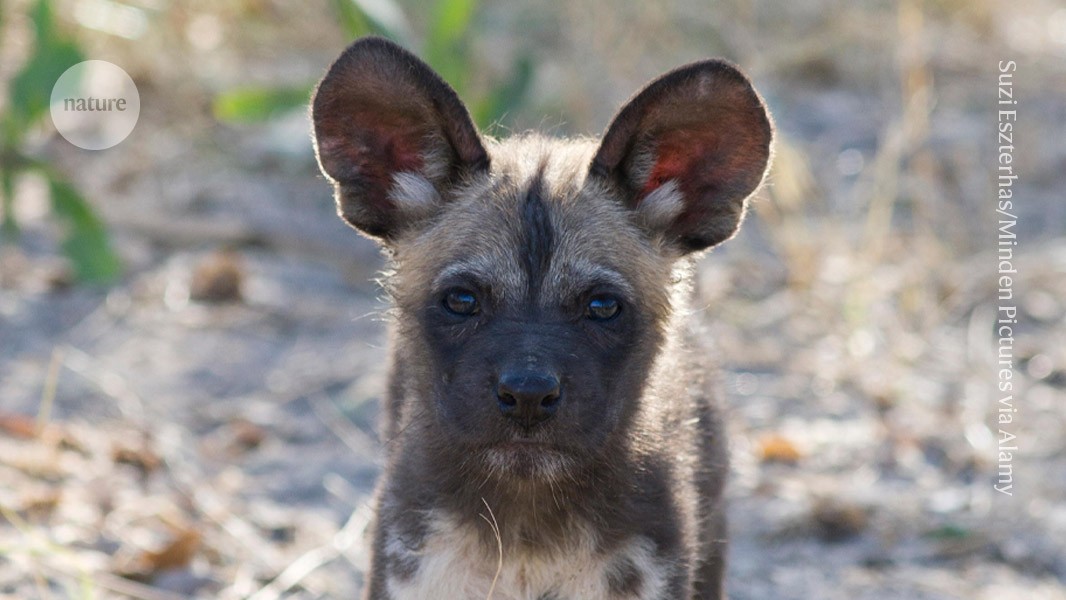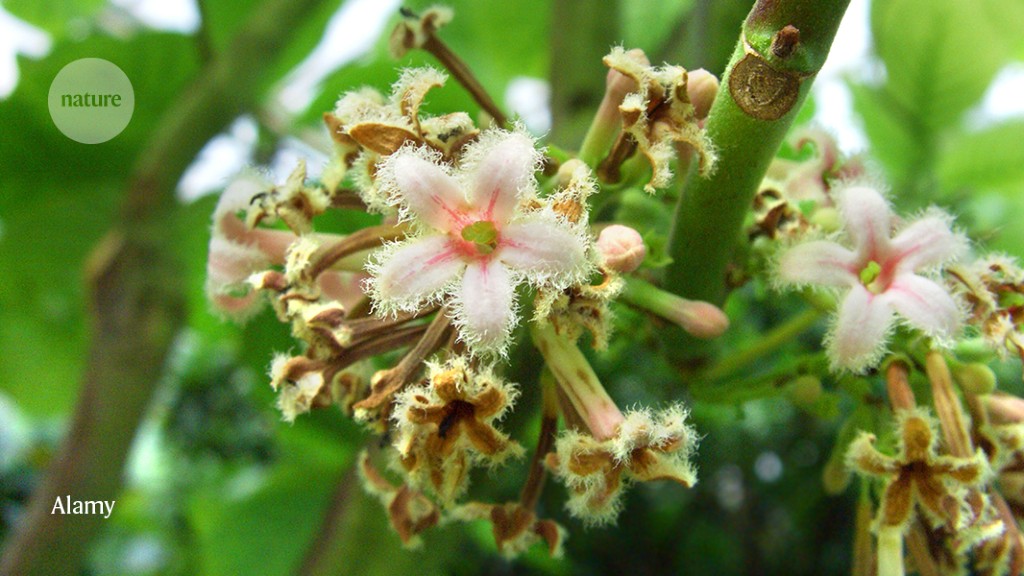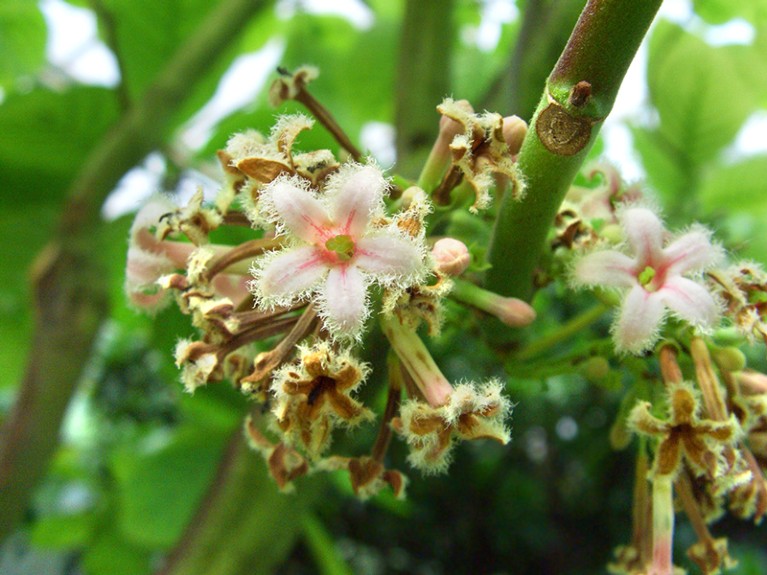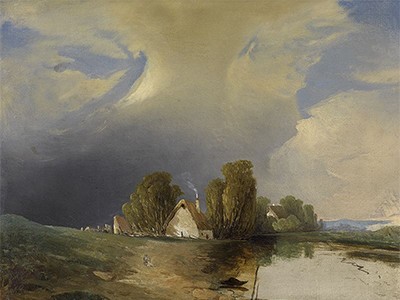Similar non-native and invasive flora, such as the fever tree (pictured) are found in regions previously occupied by the same European empire.Credit: Alamy
In 1860, a British expedition raided the highland forests of South America, looking for a hot commodity: Cinchona seeds. The bark of these ‘fever’ trees produces the anti-malarial compound quinine, and the British Empire sought a stable source of the drug for its soldiers and civil service in India. After cultivation in the United Kingdom, young Cinchona trees were planted across southern India and what is now Sri Lanka.
The British quinine scheme failed — instead, a species introduced to Java, now part of Indonesia, by the Dutch Empire later dominated the global market — but Cinchona trees are still common in parts of India.
Such botanical legacies of imperial rule are common, finds a study published on 17 October in Nature Ecology & Evolution1. Regions that were once occupied by the same European colonial power — such as India and Sri Lanka — tend to have similar species of non-native and invasive plants. The longer the regions were occupied, the more their populations of invasive species resemble each other, the research found.
Alien flora
The link between European colonialism and invasive species is intuitive, and has been noted by other researchers, says Bernd Lenzner, a macro-ecologist at the University of Vienna who led the study. To test the association, his team turned to the Global Naturalized Alien Flora database, which maps the distribution of nearly 14,000 invasive plant species.
The imperial roots of climate science
Across more than 1,100 regions, including 404 islands, the researchers found that regions once occupied by the British Empire had more similarities in their invasive flora than did ‘artificial’ empires that the team assembled from random regions. This was also the case for regions once part of the Dutch Empire (former Spanish and Portuguese colonies had alien-plant compositions similar to those of the artificial empires).
Climate and geography play an important part in explaining the overlap in the diversity of invasive species, modelling by Lenzner’s team found, but so does the length of time regions were occupied by an imperial power. Regions that were central to trade, such as southern India for the British Empire and Indonesia for the Dutch Empire, formed clusters with considerable overlap in invasive-plant composition.
The analysis did not look at when individual plant species were introduced or why. But anecdotally, many of the plants that were commonly taken to former empires were once of economic value and their populations were probably established on purpose, says Lenzner.
Global trade impacts
The study’s conclusions might be “super obvious”, but they have important implications for conservation, says Nussaïbah Raja, a palaeontologist at Friedrich-Alexander University of Erlangen–Nürnberg in Erlangen, Germany. “We should be taking this history into consideration when we think about management of species.” Appreciating the history of introduced plants — as well as their place in today’s ecosystems — could help conservationists to handle future changes in biodiversity, such as those driven by climate change, Raja adds.
Global trade is beginning to overwrite the colonial legacy of introduced plants. For example, the analysis showed similarities between invasive plant populations in Fujian, China, and some parts of Australia. Although both places were once connected by the British Empire, more recent global trade might also be partly responsible for the overlap.
“We are still seeing these imprints of the colonial-empire legacies from centuries ago,” Lenzner says. “So what we’re doing and the species we’re redistributing today will be visible far into the future.”








More News
China’s Chang’e-6 launches successfully — what happens next?
African wild dogs with pleading eyes sparks rethink of dog evolution
Author Correction: Stepwise activation of a metabotropic glutamate receptor – Nature